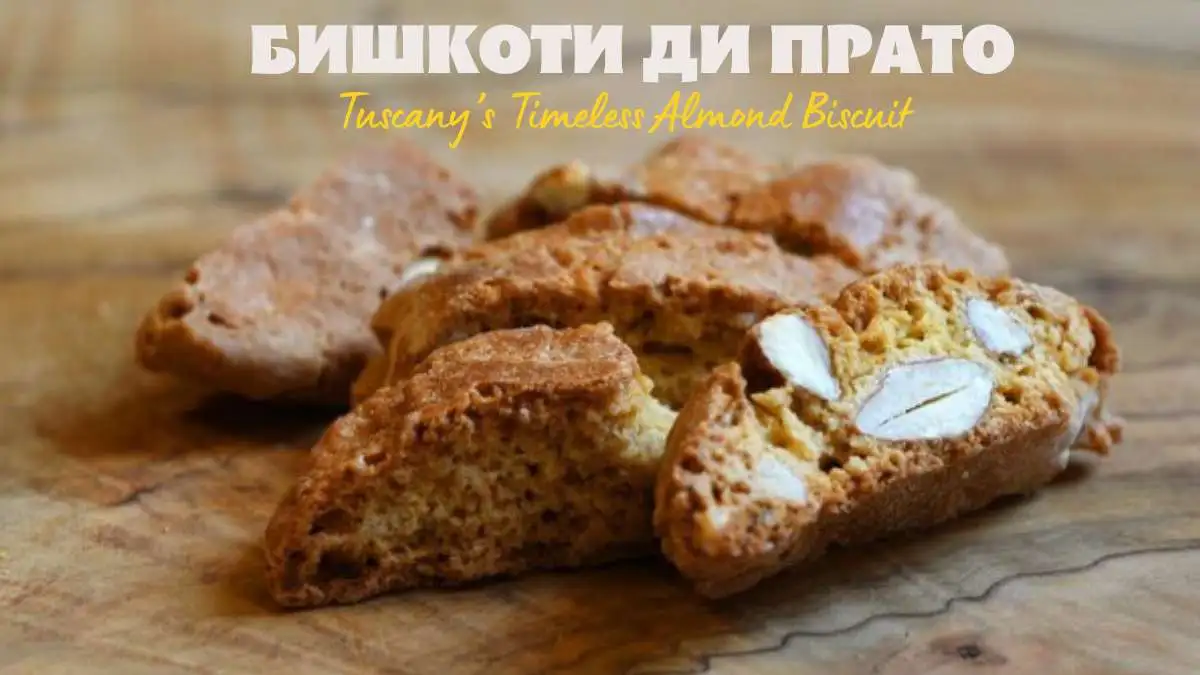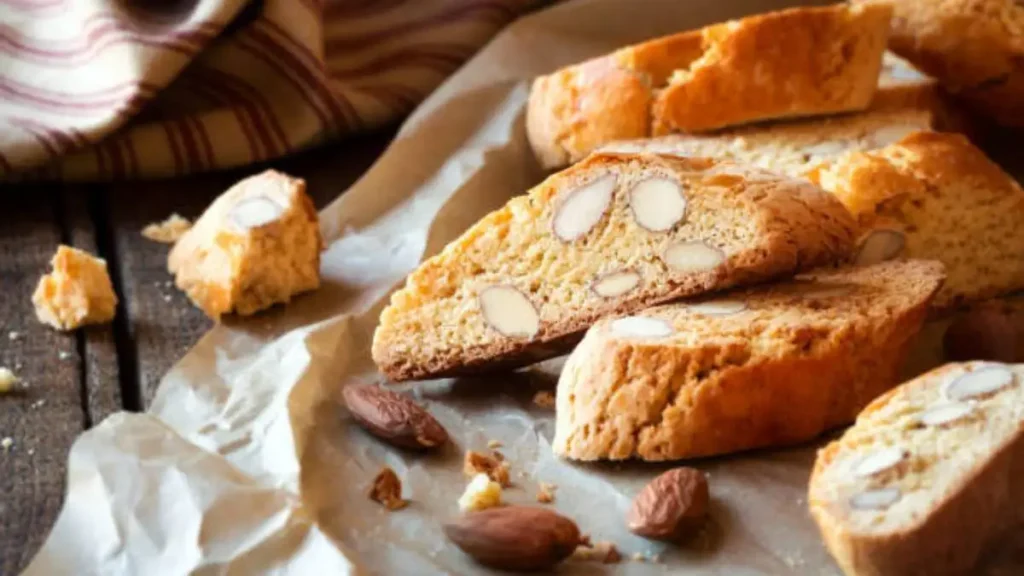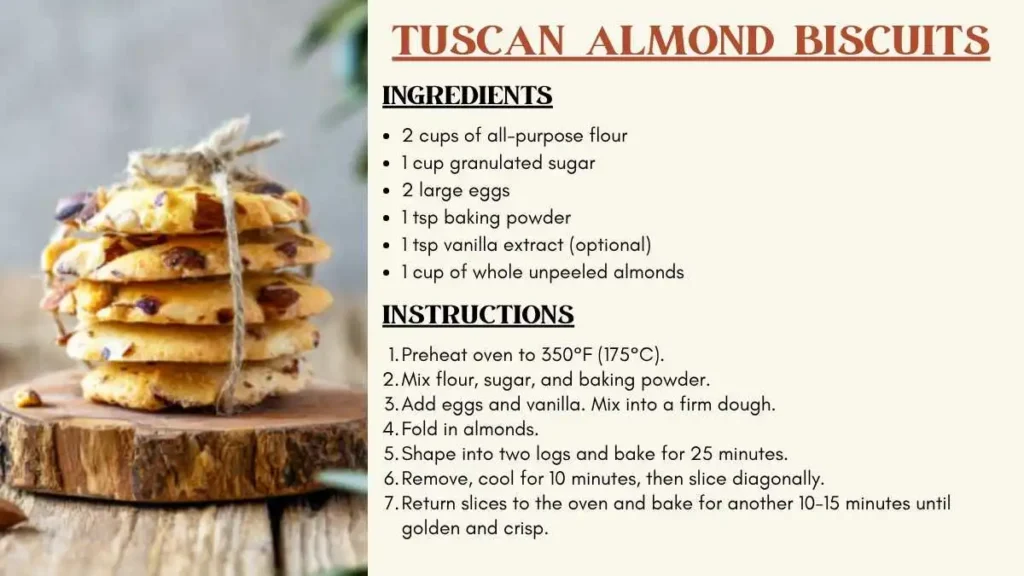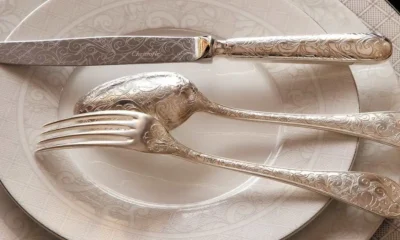GENERAL
Бишкоти ди Прато: Tuscany’s Timeless Almond Biscuit

In the charming heart of Tuscany lies the historic town of Prato, a place revered not only for its medieval architecture and Renaissance legacy but also for giving the world one of Italy’s most beloved culinary treasures Бишкоти ди Прато, known in Italian as Biscotti di Prato. These traditional almond biscuits are more than just cookies; they represent centuries of Italian baking heritage, cultural pride, and culinary artistry.
Table of Contents
What Are Бишкоти ди Прато?
Бишкоти ди Прато are traditional Tuscan almond biscuits made from a humble list of ingredients: flour, sugar, eggs, and whole almonds. What sets them apart is their unique double-baking process, which gives them their famously hard and crunchy texture. Unlike many modern cookies, these biscuits contain no butter or oil, which not only contributes to their firm texture but also grants them a remarkably long shelf life.
The name “Biscotti” literally means “twice-baked” in Italian, reflecting the method that hardens the dough after a second trip to the oven. The result is a biscuit that is crisp, aromatic, and perfect for dipping into Vin Santo, the sweet Tuscan dessert wine traditionally served alongside.
A Brief History of Biscotti di Prato
The origins of Бишкотти ди Прато can be traced back to the 14th century in the town of Prato. Although many Italian regions have their interpretations of biscotti, the Pratese version is among the oldest and most authentic. The earliest references to biscotti in Prato come from local convents and bakeries, where the biscuits were made for special religious festivals or to be preserved for long trips.
Ingredients and Traditional Preparation
While modern variations may include pistachios, hazelnuts, or even chocolate, the original Бишкоти ди Прато recipe remains delightfully simple:
- Flour: A base for the structure and crumb.
- Sugar: Adds sweetness and helps caramelize while baking.
- Eggs: Bind the ingredients and give the dough richness.
- Whole unblanched almonds: Provide crunch and nutty flavor.
No butter or oil is used, which helps maintain the crisp texture.

The Double-Baking Method
- First Bake: The dough is shaped into long logs and baked until just golden.
- Cooling Period: Once slightly cooled, the logs are sliced diagonally.
- Second Bake: The slices are returned to the oven and baked again at a lower temperature until completely dry and crunchy.
Cultural Significance and Traditional Pairing
In Tuscany, Бишкоти ди Прато are not just a treat but a cultural ritual. They are almost always served with Vin Santo, a golden-hued dessert wine made from dried grapes. The firm texture of the biscuits softens when dipped into the wine, creating a perfect harmony of sweet, nutty, and fruity flavors.
This pairing is more than just delicious; it’s a symbol of Tuscan hospitality and tradition. When visiting homes in Prato, guests are often welcomed with a small glass of Vin Santo and a plate of these crunchy delights.
Health Benefits and Nutritional Value
While Бишкоти ди Прато are a dessert, their lack of butter and inclusion of almonds make them a lighter alternative to many modern cookies. Almonds are rich in:
- Healthy fats
- Vitamin E
- Magnesium
- Plant-based protein
How to Enjoy Бишкоти ди Прато at Home
Whether bought from a Tuscan bakery or baked in your kitchen, Бишкоти ди Прато offer endless enjoyment. Here are a few ways to savor them:
- With Vin Santo: The traditional pairing.
- With espresso or cappuccino: A favorite for breakfast or afternoon tea.
- Crushed over gelato or yogurt: For added texture and flavor.
- As a gift: Packed beautifully, these make elegant and thoughtful gifts for food lovers.
How to Identify True Biscotti di Prato
Not all biscotti are created equal. Many commercial varieties use added fats or artificial ingredients. To identify authentic Бишкоти ди Прато, look for:
- No added fats (butter or oil)
- Whole unpeeled almonds
- Double-baked texture
- Protected Geographical Indication (PGI) from Tuscany (if available)
Some famous bakeries in Prato, such as Antonio Mattei, are known globally for preserving the authenticity and quality of the original recipe.
How to bake Biscotti di Prato at home
Here’s a simplified traditional recipe for home bakers:

Let them cool fully before storing them in an airtight container.
FAQs
1. Can Бишкоти ди Прато be made gluten-free?
Yes, they can be made gluten-free by using a gluten-free flour blend while maintaining the traditional double-baking method.
2. Are Бишкоти ди Прато vegan-friendly?
Traditional recipes use eggs, so they are not vegan, but vegan versions can be made using egg substitutes like aquafaba.
3. How should Бишкоти ди Прато be stored for maximum freshness?
Store them in an airtight container at room temperature to keep them crisp for several weeks.
Final Thoughts
Бишкоти ди Прато is much more than a cookie. They are a piece of Tuscan history, a celebration of simplicity, and a timeless treat that connects generations. Whether you enjoy them with wine, coffee, or as a sweet snack, these almond biscuits offer a window into the rich culinary heritage of Italy.
-

 GENERAL4 months ago
GENERAL4 months agoChristofle – For Those Who Dream of Family Heirloom Silver
-

 SPORTS6 months ago
SPORTS6 months agoDiscover the World of Football with Streameast: Watch Your Favorite Leagues and Tournaments
-

 GENERAL3 months ago
GENERAL3 months agoUncovering the World of кинокрадко: The Dark Side of Film Piracy
-

 GENERAL2 months ago
GENERAL2 months agoUnveiling the Art of преводсч: How Translators Bridge Language Barriers























